Insights on advances in 7T MRI, diffusion tensor imaging, intracranial vascular imaging and more
Since the emergence of neuroradiology as a discipline in the early 1900s, imaging has become a mainstay in the diagnosis, monitoring and management of nearly every neurological disease. The field continues to evolve with ongoing technological advancements, such as the development of 7T MRI scanners that can reveal abnormalities that are undetectable on 1.5T or 3T MRI.
Advertisement
Cleveland Clinic is a non-profit academic medical center. Advertising on our site helps support our mission. We do not endorse non-Cleveland Clinic products or services. Policy
“There are about 30 7T MRI scanners in the United States today, so they are not very common — less than one per state,” says Doksu Moon, MD, a neuroradiologist in Cleveland Clinic’s Department of Diagnostic Radiology. “Most are being used the majority of the time for research. We are unique in that we use 7T MRI for clinical problem-solving. In the mornings, we use it to scan clinical patients; in the afternoons, we use it for research.”
In the latest episode of Cleveland Clinic’s Neuro Pathways podcast, Dr. Moon discusses issues around 7T MRI and other technologies used in contemporary neuroradiology, including:
Click the podcast player above to listen to the 27-minute episode now, or read on for a short edited excerpt. Check out more Neuro Pathways episodes at clevelandclinic.org/neuropodcast or wherever you get your podcasts.
This activity has been approved for AMA PRA Category 1 Credit™. After listening to the podcast, you can claim your credit here.
Podcast host Glen Stevens, DO, PhD: It seems like one of the utilities of functional MRI is to replace the Wada test. Can you tell me, are we still doing Wadas on patients?
Dr. Moon: We still do Wadas, but they’re not nearly as common. The Wada test is an invasive procedure. Basically, we are doing a cerebral angiogram during which we anesthetize half the brain and epileptologists do neurologic testing.
Advertisement
When I was in training, we used to do four or five of those tests every week. Now, from what I understand, we only do one or two a month in the most problematic cases. So, functional MRI has pretty much supplanted that. The only relative negative of functional MRI is that it doesn’t let us figure out on which side memory resides. We don’t have a good paradigm for that.
But in terms of language localization, it is much better than the Wada ever was, because with the Wada test, you put half the cerebral hemisphere to sleep and then you do the test. So you can tell which side is dominant, or if they’re co-dominant, but on functional MRI, we can actually localize it to the area of the brain. We can see what part of the brain is active during the paradigms — which portion is active in controlling language. So even if it’s on the same side, we can tell how far away it is from a lesion.
For instance, we had a 16-year-old who had a subtle cortical malformation of the dorsal right frontal lobe. She came here for language localization, to figure out whether it was on the left or right side. For most people, it’s on the left side. But when we tested her, we saw that her language was dominant on the right side. But we had enough information to show that the lesion that she had was about three centimeters away from her speech center, from her frontal operculum. That gave enough margin so that the surgeons could think about treating her without an open or awake craniotomy.
Advertisement
Advertisement
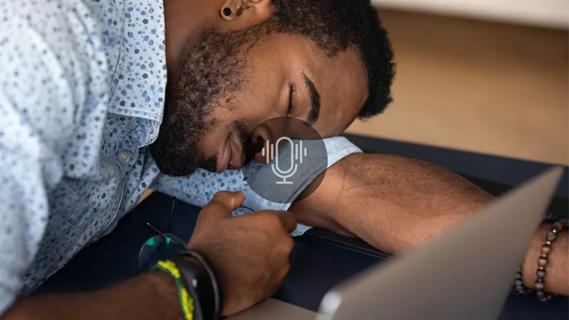
Testing options and therapies are expanding for this poorly understood sleep disorder
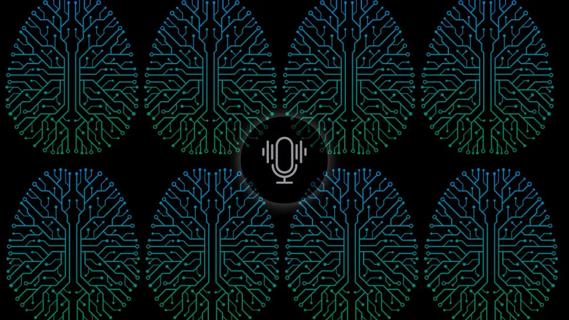
Neurology is especially well positioned for opportunities to enhance clinical care and medical training
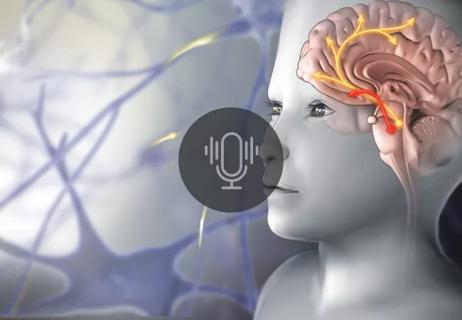
How functional restoration can help children with these conditions marked by unexplained pain with stigmatized symptoms
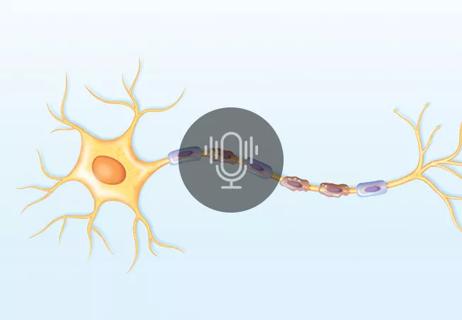
Despite advancements, care for this rare autoimmune disease is too complex to go it alone

A discussion of special care considerations before, during and after pregnancy
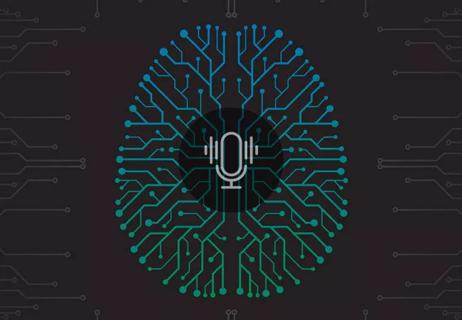
Data-driven methods may improve seizure localization and refine surgical decision-making
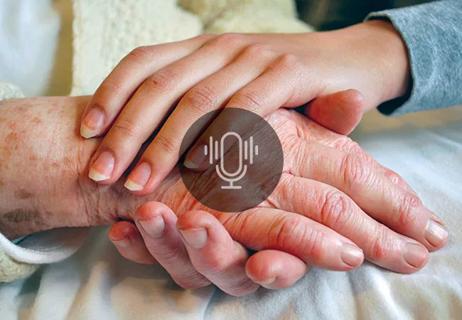
When and how a multidisciplinary palliative care clinic can fill unmet needs for this population

Guidance on what should prompt a workup, current and emerging treatment options, and more